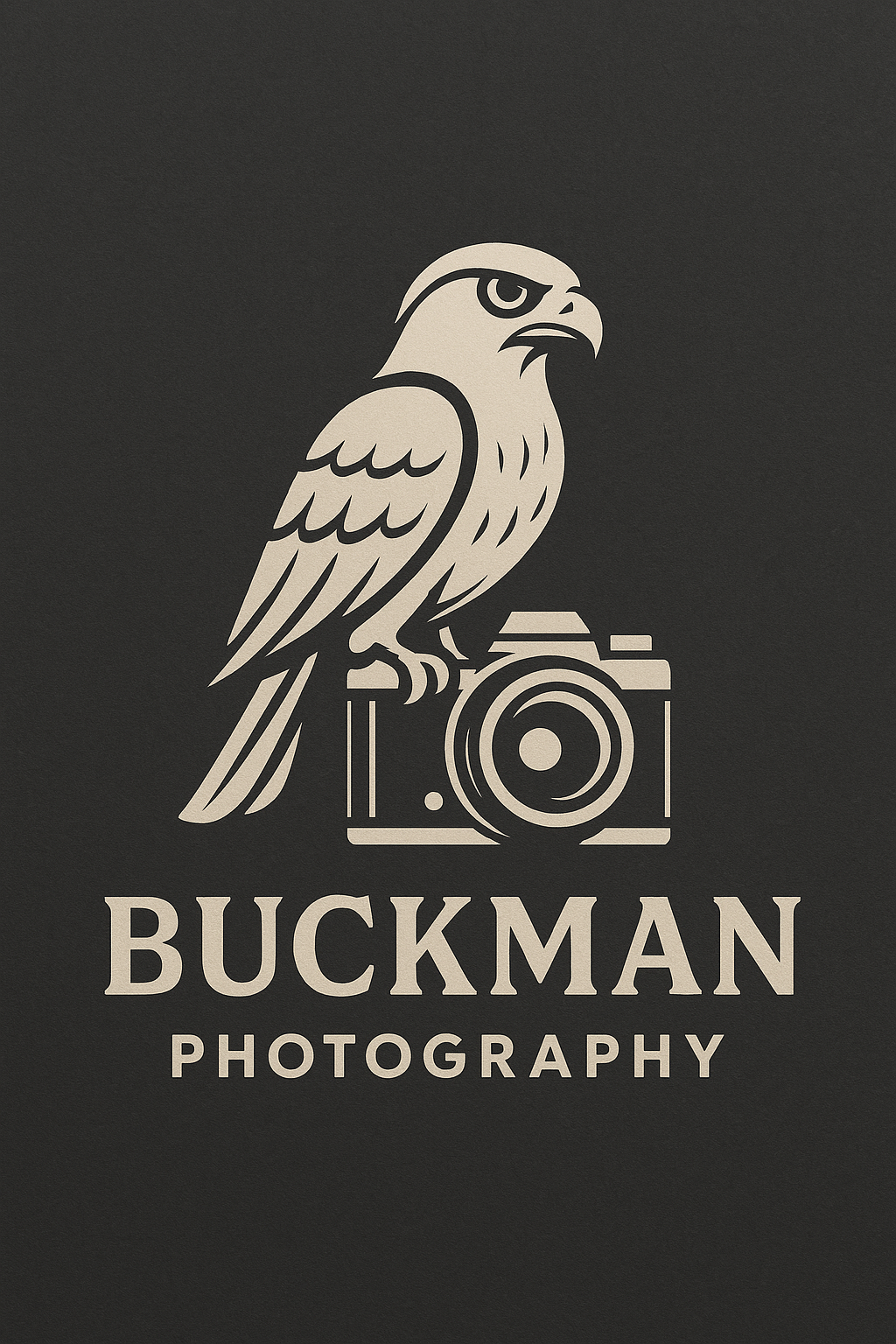If you’ve ever watched a skilled pilot pull off jaw-dropping tricks just inches above the ground and thought, “I want to do that,” you’re not alone. 3D RC flying is one of the most thrilling, addictive, and rewarding hobbies out there. But getting started can feel overwhelming if you’re not sure where to begin.
This guide breaks it down step-by-step—so whether you’re brand new to RC or transitioning from sport flying, you’ll know exactly how to work your way into the world of extreme 3D flight.
🛫 Step 1: Start Small with Foamies and Trainers
Why Foam First? Foamie-style aircraft—like the EPP (expanded polypropylene) flat foam planes—are the gateway into 3D flight for a reason. They’re cheap, durable, and incredibly forgiving. You can crash, repair with hot glue or tape, and be back in the air in minutes.
Recommended First Planes:
- E-flite UMX Night Vapor – Great for indoor or calm outdoor flying, just to learn orientation.
- Twisted Hobbys Crack Yak or Edge 540 – Classic 32” foamies built for hovering, harriers, and torque rolls.
- Hacker Model Edge 540 or SU-29 – Slightly larger and floatier, excellent for learning transitions.
Tip: Stick to profile (flat) foam planes at first—they respond well at low speeds and are almost indestructible.
🎮 Step 2: Master the Basics on a Simulator
Before risking your model, learn on an RC flight simulator. These programs mimic real-world physics and let you crash hundreds of times without spending a dime.
Top Simulators:
- RealFlight Evolution or 9.5S – Arguably the best sim out there. Includes 3D aircraft, training modes, and multiplayer fun.
- Aerofly RC – Excellent graphics and smooth physics.
- Next RC Simulator (Mac-friendly) – Good for foamie practice and precision training.
Use the simulator to:
- Learn orientation (nose-in vs tail-in)
- Practice hovering
- Nail down upright and inverted harriers
- Start transitioning between basic 3D maneuvers like rolls and walls
⚙️ Step 3: Understand Your Gear
As you progress into balsa or composite planes, your gear becomes more important. Here’s a quick rundown of what you’ll need to fly 3D effectively:
- Transmitter (Radio): A computer radio like the Spektrum NX8 or Radiomaster TX16S gives you the flexibility to set dual rates, expo, mixes, and flight modes.
- Servos: Look for high torque, metal gear servos (like MKS or Savox) with fast response.
- Power Systems: A strong motor and ESC combo, matched with lightweight high-C LiPo batteries, ensures you can punch out of any move.
- Planes: Upgrade from foam to balsa airframes around 48″–60″ span once you’re confident.
✈️ Step 4: Move Up to Balsa and Bigger Rigs
Once you’re comfortable hovering and doing slow 3D on foam, step up to a balsa wood airframe. These are more precise, more floaty, and often equipped with more powerful gear.
Great First Balsa Planes:
- Extreme Flight 48” Extra 300 or MXS
- AJ Aircraft Laser 230Z
- 3DHS Edge 540
These models offer the perfect bridge between foam and full-on freestyle monsters.
Flight Tip: Set your control throws large and use expo (e.g., 70% throw with 40% expo) for predictable feel. Use throttle management and keep maneuvers high at first.
🧠 Step 5: Learn the Key 3D Maneuvers
Here’s your must-learn trick list (in order of difficulty):
- Hover – Control your plane in a vertical position using throttle and rudder.
- Harrier (upright & inverted) – Slow, nose-high flight with elevator and rudder.
- Torque Roll – Spin the plane vertically in place using aileron and rudder.
- Knife Edge – Fly sideways with the fuselage providing lift.
- Wall – Pull vertical from level flight suddenly.
- Blender – Roll into a spin and recover with a snap.
- Rolling Harrier – Continuous roll while harriering—very advanced!
Practice one at a time. YouTube is full of awesome tutorials from pilots like Jase Dussia, Santiago Perez, and others. Sim it, then fly it!
🧰 Step 6: Get Involved with the Community
Nothing boosts your skills faster than flying with others. Head out to local events like:
- Fun flies and 3D throwdowns
- IMAC competitions
- Club meets
You’ll learn more in one day hanging out with other 3D pilots than in a month on your own. Don’t be shy—ask for help, share tips, and make friends.
Online Communities:
- RC Groups – active 3D forums
- Facebook Groups like “3D RC Flying Fanatics”
- Discords (check out our Southern 3D BBS server!)
🏁 Step 7: Go Big, Fly Low, and Rip the Field
Eventually, you’ll want to fly 70” or even 100cc planes—the full-size 3D monsters. These planes have incredible presence, float like feathers, and demand full attention. With thousands of dollars in the air, it’s a serious game.
But the reward? The sound of a DA120 ripping through the sky as you knife-edge 5 feet off the deck. There’s nothing like it.
Final Words: Respect the Sky
3D flying is high skill, high risk, and high reward. Respect your aircraft, practice relentlessly, and remember—we all started crashing foamies in the backyard.
Now go out there and tear it up. And when you’re ready, we’ll see you at the field.
—Don
Southern 3D



